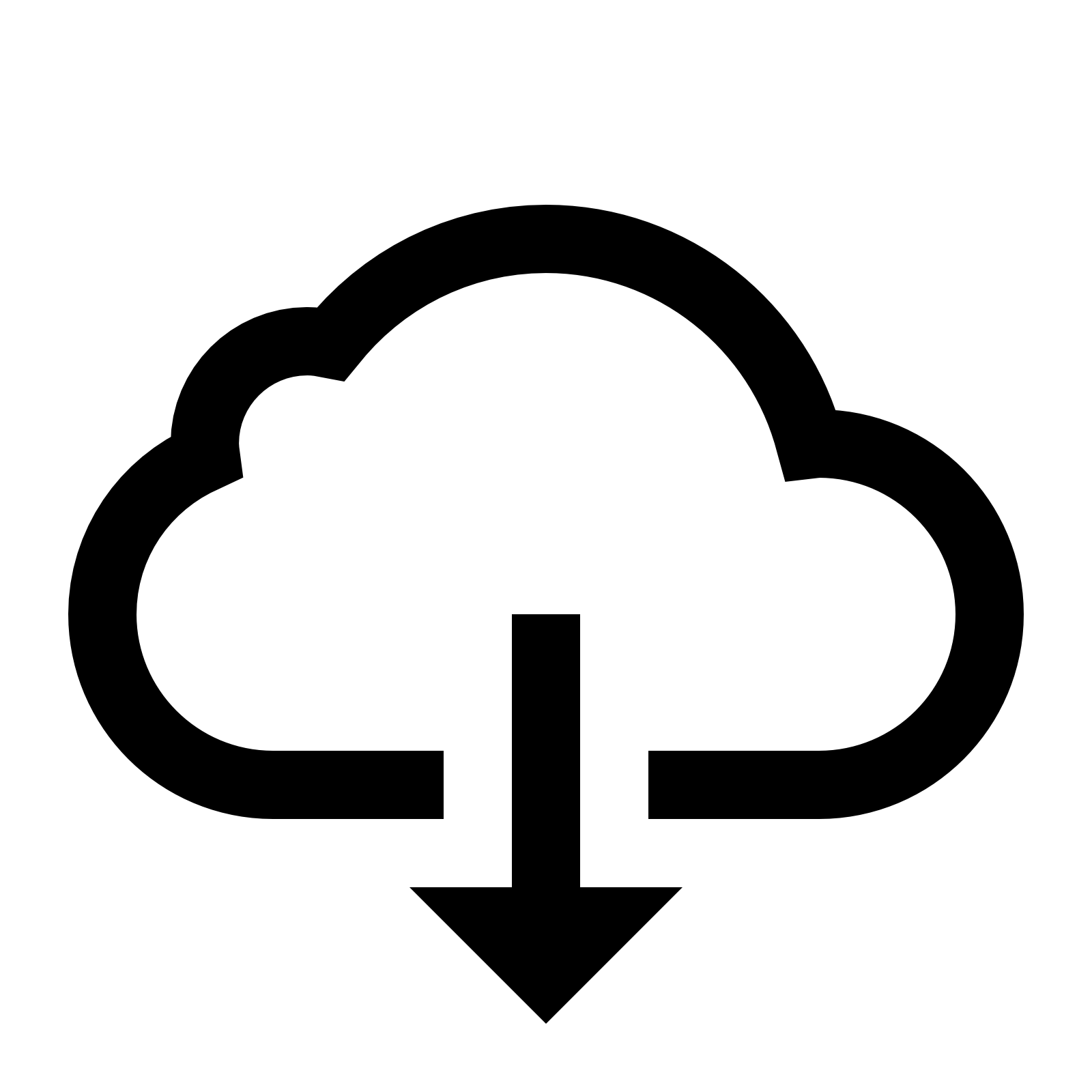| 07:30 am to 8:30 am |
Registration and Networking. Continental Breakfast |
| 08:30 am to 9:15 am |
Welcome, Opening Remarks, and Remarks by Our Sponsors [Jeremy Haefner, Provost, James Myers, and Anne Haake, Dean] |
| 09:15 am to 09:30 am |
Workshop Goals [Naveen Sharma and Janakiram D.] |
 |
| 09:30 am to 10:30 am |
Keynote speaker: Mahesh Nattanmai, Chief Digital Health Strategist, New York State
Title: Data is the king of the Digital Empire |

|
| 10:30 am to 10:45 am |
Break |
|
| 10:45 am to 12:30 pm |
Session A - Trends and Challenges in Data Driven Urban Services |
|
| Henry Fitts, City Of Rochester. Fostering Data Driven Culture in the City of Rochester |



Fostering Data Driven Culture in the City of Rochester
Henry Fitts
An overview of the work of the Mayor’s Office of Innovation driving data driven change both within city hall and in the Rochester community. Henry will also discuss the value of partnerships, major barriers to success, and opportunities for the future.
|
| Ann Howard, RIT. Democratizing Data: Citizen-Driven Data |



Democratizing Data: Citizen-Driven Data
Ann Howard
This session will address the role citizens can play in collecting and analyzing data that is meaningful to their everyday lives. Questions to be addressed: How can citizen-generated data be used to facilitate the discovery of new knowledge and understanding and the application of existing knowledge through community-based participatory action research? How can citizen-generated data focus the discovery process on the study of everyday life in urban neighborhoods, determine what residents want to change, and use this data to collaboratively develop and implement a plan to accomplish change?
|
| Ali Raza, RIT Dubai. Smart City Services: Technology Gaps for Mission Critical Services |



Smart City Services: Technology Gaps for Mission Critical Services
Ali Raza
Similar to the human anatomy, the heartbeat of our city depends on a number of vital functions being able to operate and survive peak loads that can stress the systems. These functions are mission critical and require infrastructure from masonry to cyber-physical systems as support. Without such support being an integral part of the smart city planning and evolution, stress points can lead to irreversible failure or a cardiac arrest. As cities become smarter and attract larger populations, the use of technology to manage the stress and ensure survival of mission critical services is presented through a number of use cases. The use cases presented are derived from some of the challenges faced in the Middle East region where cities do not only cope with large populations but with an imbalanced mix of cultures. The technology and infrastructure gaps are identified and discussed. Areas of research are proposed, which can drive the development of the right infrastructure strategy in a scalable and sustainable way
|
| Q/A Panel |
|
| 12:30 pm to 1:30 pm |
Lunch |
|
| 01:30 pm to 3:00 pm |
Session B – Infrastructure and Framework for Urban Data Science |
|
| Janakiram D., IIT Madras. Research Issues in Connecting Devices to Cloud: Case Studies in Smart Urban Environments |


Research Issues in Connecting Devices to Cloud : Case Studies in Smart Urban Environments
Janakiram D.
A number of initiatives are being undertaken both in India and US to create smart urban environments. At the core of creating such smart urban environment is connecting a variety of sensor devices to cloud, doing analytics on the streams of data received and smart control of these sensor devices. We categorize the research challenges into two categories, one category relating to the middleware infrastructure and the second relating to data analytics. We study these challenges for a number of smart city applications in India and present case studies of a start-up company in developing these applications. We also outline some of the future research directions and challenges relating to smart city applications.
|
| Manish Parashar, Rutgers U. Computing in the Continuum: Harnessing a Pervasive Data Ecosystem |



Computing in the Continuum: Harnessing a Pervasive Data Ecosystem
Manish Parashar
The exponential growth of digital data sources enabled by the IoT coupled with the ubiquity of non-trivial computational power, at the edges, in the core and in-between, for processing this data have the potential for fundamentally transforming our ability to understand and manage our lives and our environment. One can envision data-driven and information-rich pervasive ecosystems that seamlessly and opportunistically combine data and computing power to model, manage, control, adapt and optimize virtually any realizable sub-system of interest -- examples exist in diverse application areas from disaster management and recovery to optimizing everyday processes and improving quality of life. In this talk I will explore computing in the continuum – a computing paradigm that can opportunistically leverage heterogeneous, complex and loosely connected data and computing resources at the edges to process data in-situ and in-transit, transforming it into knowledge and insights that are actionable. Using examples from our work in the CometCloud project, I will present research challenges as well as some initial solutions towards realizing this paradigm.
|
| Pradeep Murukannaiah, RIT. Crowdsourcing and Crowdsensing Requirements for Urban Applications |



Crowdsourcing and Crowdsensing Requirements for Urban Applications
Pradeep Murukannaiah
Requirements engineering (RE) involves eliciting, representing, and reasoning about the needs of an application's stakeholders. Traditional RE techniques do not scale for urban applications with a large variety of stakeholders. We introduce Crowd RE, a novel avenue that seeks to scale RE to the masses. First, we describe a methodology for soliciting creative requirements from the general public or the so-called crowd. Second, I describe how RE, traditionally a design-time activity, can capture stakeholders' evolving requirements at run time. Both these directions in Crowd RE are data-driven. Specifically, we employ (1) novelty detection to identify novel and useful requirements from the large set of crowd-acquired requirements, and (2) active learning to reduce the burden on stakeholders during RE at runtime.
|
| Q/A Panel |
|
| 03:00 pm to 03:15 pm |
Break |
|
| 03:15 pm to 5:00 pm |
Session C – Methods and Algorithms for Urban Data |
|
| Greg Dobler, CUSP, NYU. From Census to Sensors: Urban Data for Science and Solutions |


From Census to Sensors: Urban Data for Science and Solutions
Gregory Dobler
With millions of interacting people and hundreds of governing
agencies, urban environments are the largest, most dynamic, and most complex macroscopic systems on Earth. Recent advances in the collection and digitization of urban data combined with anunprecedented increase in the quantification of cities via sensors promises to yield unique insights into how cities function. But can the fusion of that data, with its enormous complexity, serve as a vehicle towards solving city problems and impacting city operations? I will describe ways that we at the Center for Urban Science and Progress (CUSP) are tackling this problem using several examples including the monitoring of pollutant emission via the newly created CUSP "Urban Observatory", traffic safety metrics assessed through computer vision, leveraging public park data into opportunities for improving quality of greenspaces, and spatio-temporal prediction of waste generation in the city of New York.
|
| Gourab Ghoshal, U. of Rochester. Urban morphology and structural invariants in street networks |



Urban morphology and structural invariants in street networks
Goourab Ghoshal
Streets networks are the primary facilitators of movement in urban systems, allowing residents to navigate the different functional components of a city. Since navigability is a key ingredient of socioeconomic activity, roads represent one of its most important infrastructural components and a large body of work has elucidated its structural properties. Yet more than the physical layout, it is the sampling of street networks that serves as a true fingerprint of the complex interactions between people, and the flow of goods and services in urban systems, a feature of which there is limited understanding. To fill this gap, we conducted a systematic mesoscale study of street morphology (shape of sampled routes) through the introduction of a novel metric that we term inness. The inness encapsulates the direction, orientation and length of routes, thus revealing the morphology of connectivity in street networks, including the distribution of implicit socioeconomic forces that may inform routing choices. In particular, this metric enables us to put functions of individual streets in the context of the dynamics of the whole city (Broadway or Fifth avenue in NYC, for instance), linking local structures to large-scale urban organization. The dynamics of a city of course is intricately related to the flow of people and goods and services, a structural measure of which is the betweenness centrality. We show that the global distribution of betweenness is an invariant quantity once one accounts for the proper scale and provide a qualitative analytical description, based on Minimal Spanning Trees embedded in 2D space, to explain this remarkable invariance.
|
| Mike Ross. City of Rochester. City of Rochester Data, GIS Platform, and Potential for Spatial |
|
| Q/A Panel |
|
| Analysis |
|
| 6:00 pm onwards |
Dinner |
|